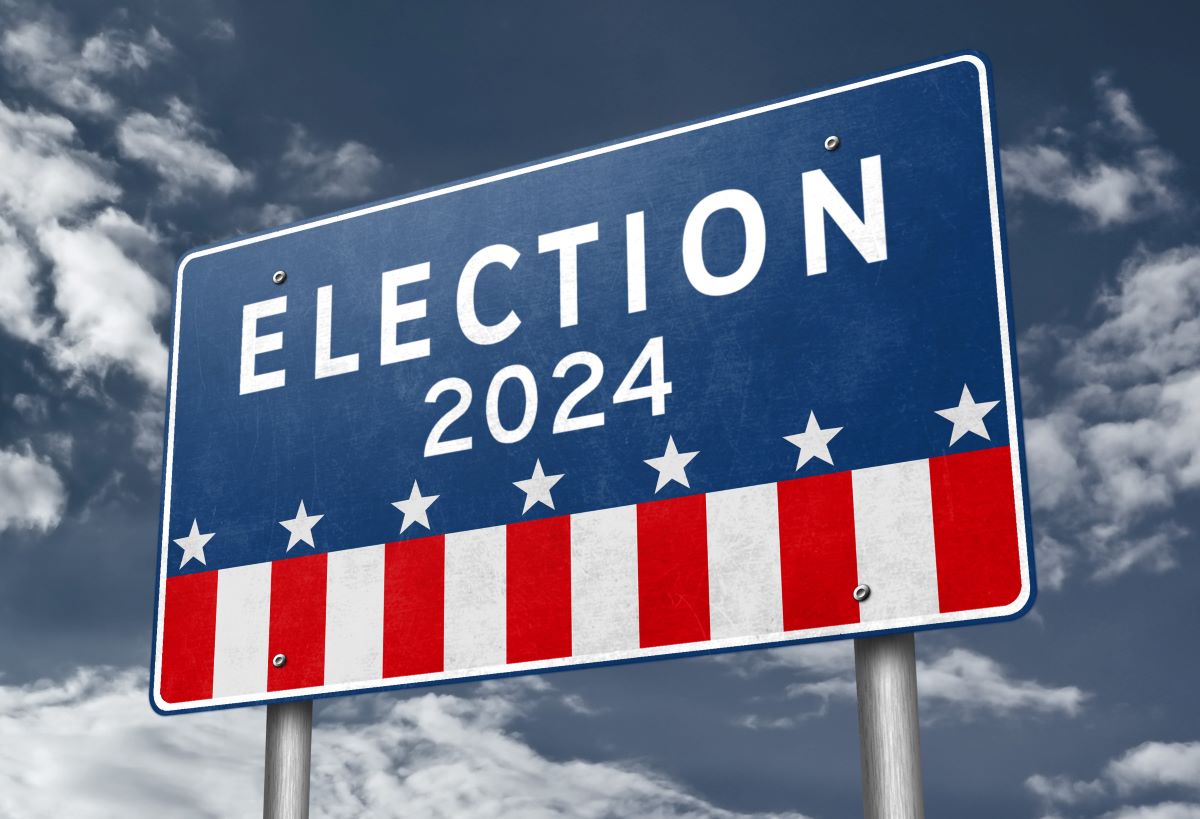The spring edition of California Schools magazine included an article detailing the United States Supreme Court’s history on affirmative action and described two then-pending cases that sought to undo 45 years of judicial precedent, and consequently make affirmative action practices illegal in United States colleges’ student admissions. The Supreme Court decided both those cases, Students for Fair Admissions Inc. (SFFA) v. President and Fellows of Harvard and SFFA v. University of North Carolina, on June 29, 2023, ruling that the consideration of race in higher education admissions unconstitutional for the entire nation. Affirmative action has been illegal in California since 1996 when voters approved Proposition 209.
The cases were decided together in a 6-3 opinion authored by Chief Justice John Roberts. It holds that, “Because Harvard’s and UNC’s admissions programs lack sufficiently focused and measurable objectives warranting the use of race, unavoidably employ race in a negative manner, involve racial stereotyping, and lack meaningful end points, those admissions programs cannot be reconciled with the guarantees of the Equal Protection Clause.”
To reach this conclusion, the Court relied on two cases that previously established the constitutionality of race-conscious college admissions; Regents of University of California v. Bakke (428 U.S. 265 (1978)) and Grutter v. Bollinger (529 U.S. 306 (2003).) In each of these cases the Court analyzed the affirmative action practices involved in light of the Equal Protection Clause, and concluded that, for racial classification such as affirmative action to be permissible, it must survive a rigorous two-step review known as “strict scrutiny.” To be constitutional, strict scrutiny requires that an action further a compelling state interest and that it be narrowly tailored to achieve that interest.
In Bakke, the Court first considered race-based admissions and after applying strict scrutiny, found they were constitutional based on the compelling interest of educational benefits that come with a racially diverse student body. In addition, the Bakke court found that an institution of higher education should have academic freedom to make decisions related to its student body. Grutter further clarified this standard by emphasizing concerns with the use of race in admissions decisions. Specifically, the Court in Grutter raised concerns about the possibility of stereotyping and the potential for race to be used as a negative factor in higher education admissions. The Grutter decision also stated that in order to manage the concerns, affirmative action had to be brought to an end at some point.
Based on the Grutter and Bakke standards, the Court determined that there is no basis to find that the Harvard and UNC admissions practices are constitutional. First, the interests claimed by Harvard and UNC for using race in their admission processes were found by the Court to be insufficient under the compelling interest standard because they could not be measured by a court to determine their success. According to the Court, the interests are “not sufficiently coherent for purposes of strict scrutiny.” In addition, the Court found that there is no meaningful connection between the means and the hoped for goal because the racial categories employed are both overly broad and underinclusive. As a result, the Court did not afford Harvard and UNC deference in the use of race in their admissions practices.
On top of not satisfying strict scrutiny, the Court held that the Harvard and UNC admissions processes were unconstitutional because they brought to life the concerns outlined in Grutter. The practices used by the two schools stereotype students in a way that can only cause further harm. The practices also allow race to be used as a negative, because the benefits of one student’s race means another student’s race is a detriment. The Court demonstrated this by saying that fewer Asian American students are admitted to the schools as a result of these practices, which evidences race being characterized as a negative. Finally, the Court rejected indefinitely continuing the use of race in admissions. The Court disagreed with the school’s arguments and found the lack of a logical end point for the consideration of race in admissions another basis to rule in favor of SFFA.
The Court concluded by stating that, “nothing prohibits universities from considering an applicant’s discussion of how race affected the applicant’s life, so long as that discussion is concretely tied to a quality of character or unique ability that the particular applicant can contribute to the university.” How exactly this can be legally done will be tested as colleges and universities adjust their admissions practices moving forward. The decision will impact all levels of education directly and indirectly, as educators, education leaders and students consider what this decision means for them and their goals in education.




